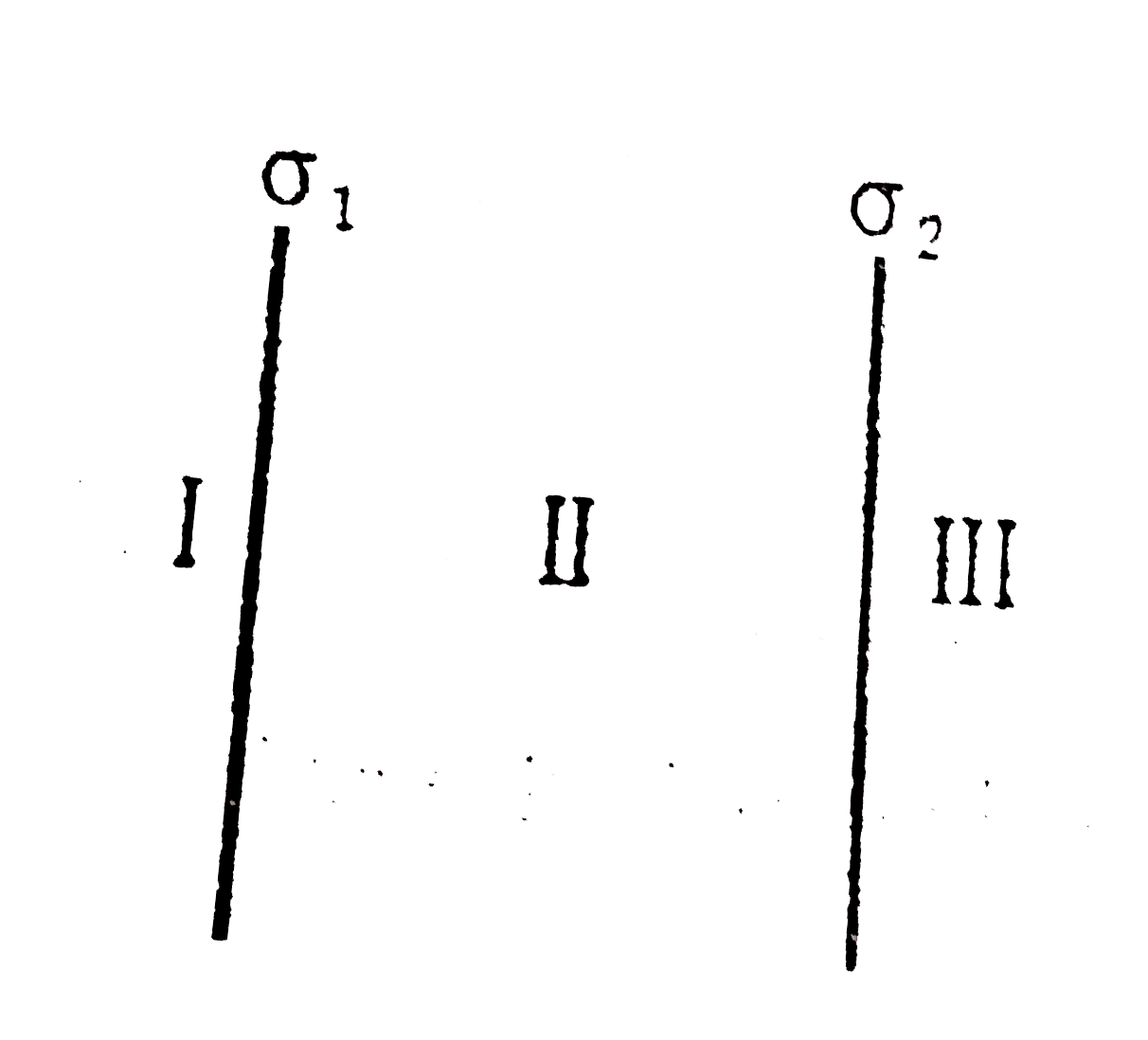If the velocity of light c, gravitational constant G and Planck's constant h be taken as fundamental units the dimension of mass in the new system will be-Solution in Gujrati
c1/2h1/2G1/2
c1/2h1/2G−1/2
c−3/2h1/2G1/2
c−5/2h1/2G1/2
The correct Answer is:B
c≡LT−1,G≡M−1L3T−2,h≡M1L2T−1⇒M=√hcG
Topper's Solved these Questions
- MISCELLANEOUSBOOK - ALLEN CHAPTER - MISCELLANEOUSEXERCISE - Exercise-03
1 Videos
- MISCELLANEOUSBOOK - ALLEN CHAPTER - MISCELLANEOUSEXERCISE - Exercise-04
1 Videos
- MISCELLANEOUSBOOK - ALLEN CHAPTER - MISCELLANEOUSEXERCISE - Exersice -05(B)
20 Videos
- KINEMATICS (MOTION ALONG A STRAIGHT LINE AND MOTION IN A PLANE)BOOK - ALLEN CHAPTER - KINEMATICS (MOTION ALONG A STRAIGHT LINE AND MOTION IN A PLANE)EXERCISE - BEGINNER S BOX-7
8 Videos
- PHYSICAL WORLD, UNITS AND DIMENSIONS & ERRORS IN MEASUREMENT BOOK - ALLEN CHAPTER - PHYSICAL WORLD, UNITS AND DIMENSIONS & ERRORS IN MEASUREMENT EXERCISE - EXERCISE-IV
7 Videos
Similar Questions
Two parallel metallic plates have surface charge densities σ1 and σ2 as shown in figure.

Column-IColumn-II(A)If σ1+σ2=0(p)Electric field in region III is towards right(B)Ifσ1+σ2>0(q)Electric field in region I is zero(C)If σ1+σ2<0(r)Electric field in region I is towards roght(s)Nothing can be said
View SolutionIn each situation of Column-I two elelctric dipoles having moments →p1 and →p1 of same magnitude (that is ,p1=p2) are placed on x-axis symmetrically about origin in different orientations as shown. In column-II certain inferences are drawn for these two dipoles. Then match the different orientations of dipole in column-I with the corresponding result in column-II.

View SolutionPlanck's constant has dimensions …………….
View SolutionA football player kicks a ball at an angle of 30∘ with an initial speed of 20 m/s. Assuming that the ball travels in a vertical plane, calculate (a) the time at which the ball reaches the highest point (b) the maximum height reached (c) the horizontal range of the ball (d) the time for which the ball is in the air, (g=10m/s2)
View SolutionAssertion : Gravitational forces do not depend on the medium between the masses.
Reason : Mediating particle responsible for gravitational force is graviton.
View SolutionIf the velocity of light (c ) , gravitational constant (G) , and Planck's constant (h) are chosen as fundamental units , then find the dimensions of mass in new system.
View SolutionThe speed of light ( c), gravitational constant (G) and plank's constant (h) are taken as fundamental units in a system. The dimensions of time in this new system should be.
View SolutionIf the velocity of light c, gravitational constant G and Planck's constant h be taken as fundamental units the dimension of mass in the new system will be-
View SolutionIf the velocity of light (c) , gravitational constant (G) and Planck's constant (h) are chosen as fundamental units, then the dimensions of mass in new system is
View SolutionIf the constant of gravitation (G) , Planck's constant (h) and the velocity of light (c) be chosen as fundamental units. The dimension of the radius of gyration is
View SolutionIf the velocity of light c, the gravitational constant G and Planck constant h are chosen as the fundamental units, find the dimensions of length , mass, and time in the new system.
View SolutionIf velocity of light c, planck's constant h and gravitational constnat G are taken as fundamental quantities then the dimensions of the length will be
View SolutionIf C the velocity of light,h Planck's constant and G gravitational constant are taken as fundamental quantities, then the dimensional formula of mass is
View SolutionIf the constant of gravitation (G), Planck's constant (h) and the velocity of light (c ) be chosen as fundamental units. What is the dimension of the raidus of gyration?
View SolutionIf the velocity of light c, Planck's constant h and gravitation constant G are adopted as fundamental units of a system, the dimensions of force in the system would be :
View SolutionIf velocity of light c, Planck's constant h and gravitational constant G are taken as fundamental quantities, then express mass, length and time in terms of dimensions of these quantities.
View Solution
